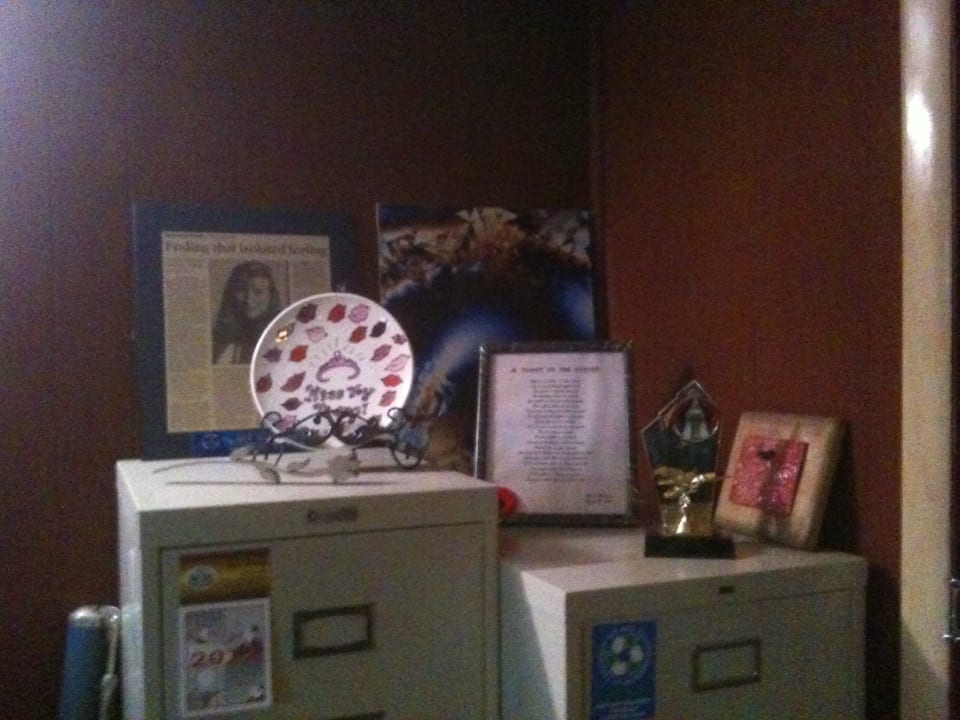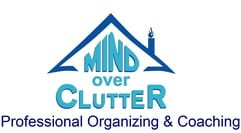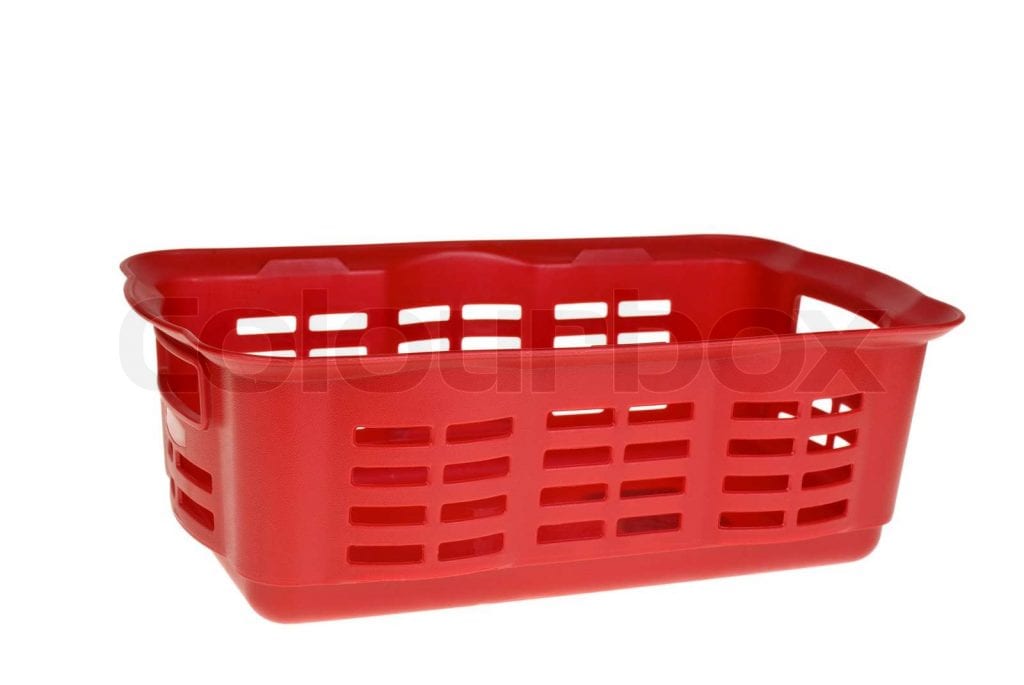4 Organizing tips for getting rid of piles of paper
A lovely colleague sent me this first tip. Marie Mushing runs a networking group called People in Connection
1. Make the area a showcase
See what working with a professional organizer can do for you? Professional Organizers rub out junk. Where there was once chaos and huge piles of paper, is now a showcase. Thank you Julie! Replace the junk pile with something pretty as I did, then you won’t want to pile junk on that again. Great motivation to keep the filing done!

2. Prevent drop zones from forming
If you have an empty flat surface it sometimes calls to people, “to fill me with stuff.” To prevent that area from becoming cluttered, put a large object or two in that spot. It will make the area feel full and then you won’t drop things there. With only 2 larger objects, it is easy to pick them up and dust and clean them. If you use a number of smaller items it may make the area harder to clean.
3. Designate a paper collection spot
Assign a place to put papers that need to be read, filed, signed etc. Place a tray, lovely baskets, eye catching red container etc in a convenient location. Why red? Red is a high energy colour, it increases your heart rate, and your eye is drawn to red items. Using a red basket can help to make dealing with paperwork a high priority activity. Keeping paperwork consolidated in one spot makes it easier to find and work with. When paper is all over the office or house it becomes visual clutter, causing anxiety, the release of cortisol and you feel stress. Cut the visual clutter, collect the paper in one spot, and complete the tasks.
4. Avoid the L word – later
Piles of paper will continue to build up if you leave them for later. Later will never come. Schedule time to deal with paperwork: schedule time to read, file, and reply to paperwork that generates more work. Schedule these activities according to your level of energy at different times of the day. Scheduling reading after lunch at a low energy time of the day may not be productive but scheduling filing after lunch may be perfect because it gets you up and active. Scheduling time at the beginning of each day to concentrate on work generated by email, letters, and documents might work well when you are able to focus on single tasks. Remember not to multitask.
If you’re interested in learning how colour can affect your productivity, this guide is free and you can find it here.
What tricks do you use to help you complete paperwork?
Related articles The truth about multitasking
 Julie Stobbe is a Trained Professional Organizer and Lifestyle Organizing Coach who brings happiness to homes and organization to offices, coaching you virtually using Zoom. She has been working with clients since 2006 to provide customized organizing solutions to suit their individual needs and situations. She uses her love of teaching to reduce clutter, in your home, office, mind and time. She guides and supports you to be accountable for your time, to complete projects and to reach your goals. If you’re in a difficult transition Julie can coach you to break-free of emotional clutter constraining you from living life on your terms. Online courses are available to help instruct, coach and support your organizing projects. Get started by downloading Tips for Reorganizing 9 Rooms.
Julie Stobbe is a Trained Professional Organizer and Lifestyle Organizing Coach who brings happiness to homes and organization to offices, coaching you virtually using Zoom. She has been working with clients since 2006 to provide customized organizing solutions to suit their individual needs and situations. She uses her love of teaching to reduce clutter, in your home, office, mind and time. She guides and supports you to be accountable for your time, to complete projects and to reach your goals. If you’re in a difficult transition Julie can coach you to break-free of emotional clutter constraining you from living life on your terms. Online courses are available to help instruct, coach and support your organizing projects. Get started by downloading Tips for Reorganizing 9 Rooms.
Contact her at julie@mindoverclutter.ca




I love the idea of making the area a showcase. I often tell my clients that an open space is good and that it does not need to be filled but I think the temptation to stack things in that space “just for now” is too much for many of them. The making the area a showcase would probably work much better. I’ll give it a try.
I agree. I have clients put one large thing in an open space to stop it from being a “dumping ground”. One there is one thing it is easy to move it to clean.
Even though we live in an increasingly digital world, paper still exists. And where there are papers, piles can surely form. These are excellent tips you shared. My paper management system includes places to route documents when they first appear. Each category gets a different treatment. Junk mail goes into recycling, bills to pay go to their folder, reference or financial papers get filed, etc… But the key is that pieces requiring action get a ‘cue’ on my electronic to-do list so I don’t forget about them. That way, I can confidently keep the papers out of sight without forgetting the action I must take.
That is an excellent second step for some people. Some people need to have a place to put paper then they can use the system you suggest. Other people can use the sorting system immediately when they pick up paper. Putting a note in your electronic calendar to schedule your time to go through the paper and complete the required action is a good idea.
I love that red basket tip! Thanks for sharing your tips on paper management.
The basket can be any colour. A red on makes it more noticeable to attract your attention.
“Rub out junk!” That’s a great image. 🙂
Sometimes large containers are the same as a large/empty flat space… it’s like they are magnets for stuff. Putting a display item out is a great idea for keeping people from dumping on a surface. If it looks nice, that is a bit of a barrier to messing it up. If it is already a “mess,” then making it worse doesn’t seem so bad, right?
Absolutely, once the mess starts it is easy to let the mess grow. Look at where the dumping grounds are and make it difficult to continue to put things there.
I love the idea of making an area a showcase to prevent the paper clutter from piling up in that area. And yes, one or two things can be much more easily cleaned than a bunch. If clients insist on having a lot of fiddly little things, I often suggest putting them on a small tray, so the whole kit-and-caboodle can be lifted and tidied away when necessary. And the red basket is definitely an attention-getter to prompt paper management. Great tips.
Thanks for your comments. Using a tray if you want to have many small things is a great idea.